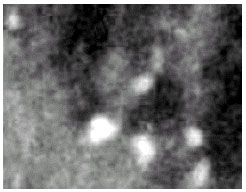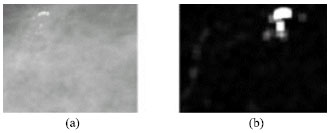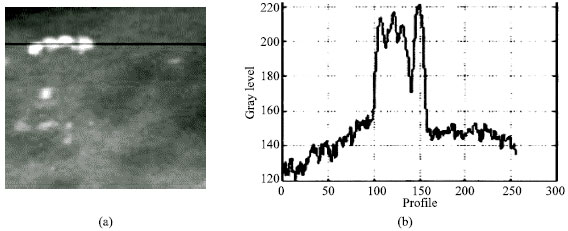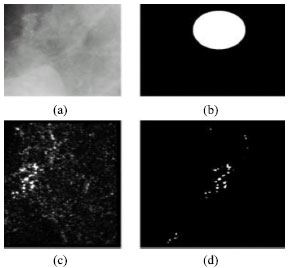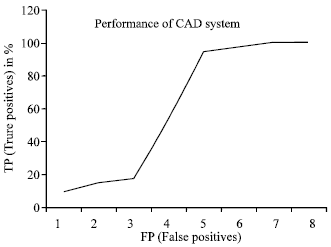Research Article
Computer Aided Diagnosis of Digital Mammograms
Department of Electronics and Communication Engineering, PSG College of Technology, Coimbatore-641004, Tamilnadu, India
A . Kandaswamy
Department of Electronics and Communication Engineering, PSG College of Technology, Coimbatore-641004, Tamilnadu, India









